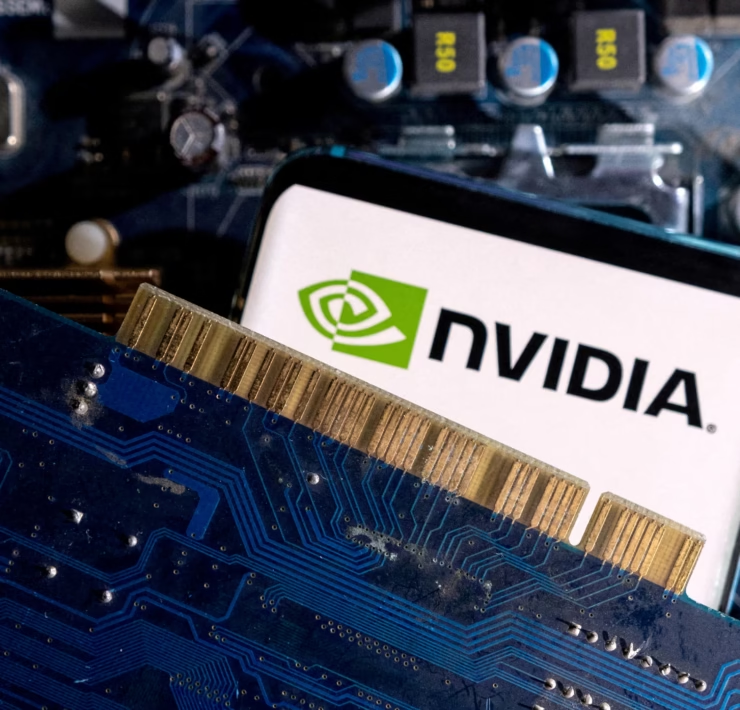
Google is predictable when it comes to how it evolves its smartphones and cameras, which is to say that the mechanics are familiar, while the inner workings get the tweaks. The Pixel 7 Pro takes that formula and it’s up to you to run with it. The Pixel 7 Pro looks to keep up Google’s newfound momentum in top-flight smartphones, offering a powerful camera and AI features for significantly less money than Apple or Samsung.
The Pixel 7 Pro starts at $899 – the same as the firm’s top 2021 phone – while competing with devices costing north of $1250. It leads Google’s phone line for 2022, which includes the smaller $599 Pixel 7 and £349 Pixel 6a. For anyone who’s paid attention, the Pixel line is full of familiarity. Before Google overhauled its rear camera array, it was using the same image sensors going back to the Pixel 3. Granted, there were some changes along the way, like the company’s preference for a telephoto lens over an ultra-wide with the Pixel 4, but the main wide camera only changed when the Pixel 6 lineup showed up.
A few mandatory features to not miss out on!
Those phones also introduced Google’s Tensor chipset, the brains, and muscles behind some of the company’s computation magic when snapping photos. It’s back for a sequel with the 7 Pro and maybe the standout feature when looking at the processing involved.
The only new image sensor is the 10.8-megapixel in the front, which enables Face Unlock for the first time in a Pixel phone. The rest of the rear array is anchored by the same 50-megapixel (25mm equivalent) shooter, meaning Samsung’s GN1 1/1.3-inch image sensor and f/1.9 aperture return. Pixel binning drops those shots down to 12.5-megapixels, and there’s no “full resolution” mode to work with if you want to try shooting at the full 50. Google’s latest Tensor G2 chip at the phone’s heart has a similar general performance to last year’s version but with significantly faster AI processing. The phone feels very responsive, particularly when performing tasks such as dictating messages and other smart systems, which can be up to 2.5 times as fast as the already rapid Pixel 6, according to Google’s estimates.
Battery life is also similar to the Pixel 6 Pro, lasting about 34 to 36 hours between charges with the screen set to its default FHD+ resolution and actively used for about five hours. That is a little short of the competition but good enough for a day of heavy use. Turning off the always-on display increased battery life by about two hours. The 7 Pro is the only one that gets the 48-megapixel telephoto lens, as the regular 7 is a two-lens layout with wide and ultra-wide. Google did extend optical zoom to 5x for a 120mm equivalent, though it also touts its Super Res Zoom as a way to get even closer from a distance without losing too much detail. The 12-megapixel ultra-wide is exactly the same as before, so a 14mm equivalent with a 114-degree field of view.
Software is everything
The real changes come from Google’s software computation, the foundation that’s always buoyed its imaging output. In practical terms, the Tensor G2 renders and processes images faster, as in Night Sight doing the same thing in half the time, or sharpening focus for faces by using the wide and ultra-wide lenses together. It also plays a role with newer features like Photo Unblur in Google Photos. You’ll find it under Tools next to Magic Eraser, the excellent feature introduced last year that has since expanded to the Pixel 6a and some other Android phones.
While Android 13 doesn’t focus a whole lot on imaging features, it’s what you start with on the Pixel 7 Pro. With three years of Android updates and five years of security updates, Google actually lags behind Samsung’s four Android updates.
In the field, you can still launch the camera quickly by double-clicking the power button, and a flip gesture within the camera app switches between the rear and front cameras. For added security, Google also retains a quick setting in the notifications pane to disable the camera with one tap, in case you want to shut it down for any reason.
















